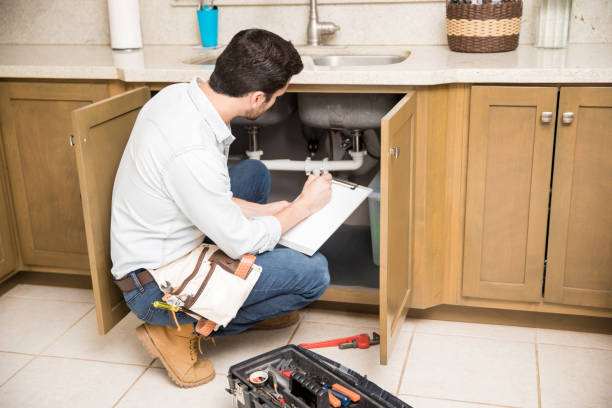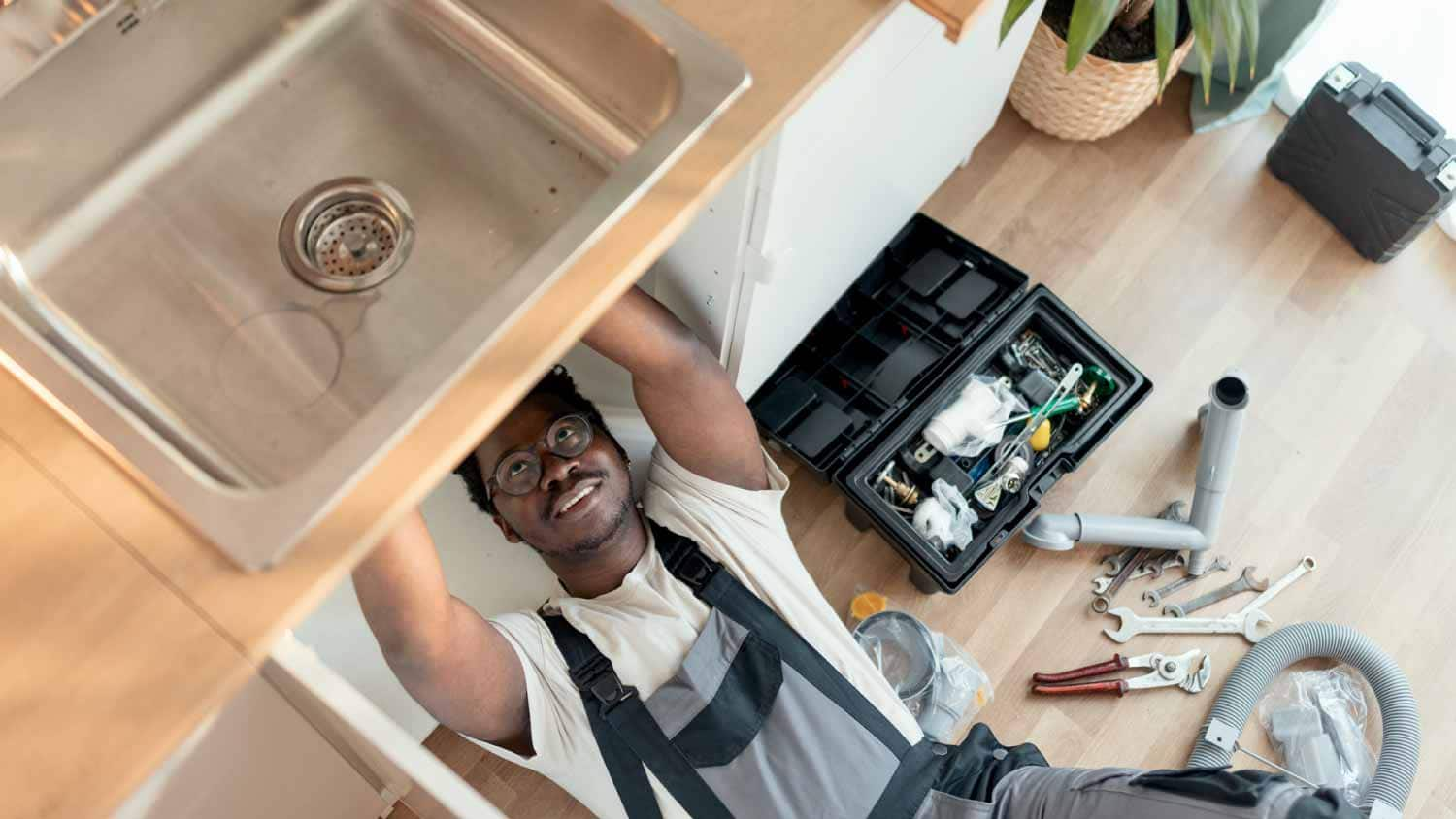Deciding When to DIY and When to Call Professional Plumbers
Deciding When to DIY and When to Call Professional Plumbers
Blog Article
Are you currently in search of advise on When to DIY and When to Call in the Plumbing Pros?

Introduction
Pipes issues can range from small aggravations to significant headaches, typically motivating home owners to determine in between dealing with the trouble themselves or calling a specialist plumbing technician. Understanding when to DIY and when to look for professional help can conserve time, cash, and stop potential calamities. This short article discovers the aspects to consider when making this critical decision.
Advantages of DIY Pipes
Taking on pipes jobs yourself can be fulfilling in several methods, especially for less complex jobs.
Cost Financial savings
Do it yourself plumbing jobs typically save cash by avoiding professional service fees. Jobs like fixing minor leaks, replacing faucets, or mounting brand-new showerheads are instances where homeowners can deal with repair services without working with a plumbing professional.
Ability Improvement
Taking part in do it yourself plumbing provides an opportunity to learn and improve practical abilities. Standard jobs equip property owners to understand their pipes systems better and gain self-confidence in handling small repair services individually.
Dangers of Do It Yourself Plumbing
While do it yourself tasks provide advantages, specific threats need to be very carefully considered prior to trying fixings.
Complexity of Jobs
Some pipes issues require specialized expertise and devices beyond regular homeowner abilities. Mishandling complex problems can cause more damages and expensive fixings.
Safety and security Worries
Collaborating with pipes systems entails threats such as exposure to water damage, capacity for electrical dangers, and taking care of devices improperly. Safety safety measures should be observed to prevent crashes and make certain reliable repair services.
Indicators to Call an Expert Plumbing
Identifying when a plumbing issue goes beyond do it yourself capacities is essential to stop worsening issues.
Indicators of Facility Problems
Examples consist of:
Motivate expert treatment is essential to address these problems properly and lessen damage.
Do It Yourself Pipes Tips
For successful DIY plumbing, it's vital to be prepared with the right devices and adhere to proper procedures.
Basic Tools and Materials
Key tools for DIY plumbing:
Step-by-Step Guides
Clear guidelines make certain risk-free and efficient DIY repairs:
Choosing the Correct Time to DIY
Figuring out when to take on plumbing tasks on your own needs analyzing both the complexity of the concern and personal convenience levels.
Evaluation List
Consider:
When to Definitely Call a Professional
Specific circumstances require prompt skilled focus to avoid comprehensive damages or security dangers.
Examples include:
Finding and Hiring a Professional Plumber
Picking a qualified plumber makes sure trusted solution and peace of mind in settling plumbing concerns.
Criteria for Option
Elements to consider:
Cost Evaluation: do it yourself vs. Professional Providers
Comparing the financial ramifications of DIY initiatives versus professional pipes solutions helps in making notified decisions.
Financial Considerations
Review:
Final thought
Determining whether to do it yourself or call an expert plumbing technician depends upon understanding the intricacy of plumbing issues and individual abilities. By considering the advantages and threats, home owners can make informed selections that advertise reliable upkeep and protect their homes from plumbing disasters.
DIY Plumbing Projects: What Homeowners Can Do and When to Call a Professional
Welcome to our comprehensive guide on DIY plumbing projects. In this blog post, we aim to empower homeowners with the knowledge and skills to tackle basic plumbing tasks around the house. From unclogging drains to fixing a leaky faucet, we’ll walk you through step-by-step instructions on how to handle these common issues.
However, not all plumbing problems can or should be solved with a DIY approach. Recognizing when a problem is beyond your skill level and requires professional intervention is just as important as knowing how to perform basic tasks. We’ll also discuss the signs that indicate it’s time to put down your tools and pick up the phone to call a professional plumber. By understanding when to DIY and when to call a professional, you can save time, avoid potential disasters, and ensure your home’s plumbing system remains in top shape.
Understanding Plumbing Basics
Before we dive into the DIY projects, let’s take a moment to understand the basics of your home’s plumbing system. A typical residential plumbing system consists of two major components: the water supply system, which brings fresh water into your home, and the drainage system, which removes waste water. These systems are made up of a network of pipes, valves, and fixtures that work together to deliver clean water and dispose of waste efficiently.
Regular maintenance of your plumbing system is crucial to prevent minor issues from escalating into major problems. This includes tasks like checking for leaks, removing minor clogs, and ensuring your pipes are insulated for winter. By performing these tasks regularly, you can extend the lifespan of your plumbing system, save money on water bills, and maintain the comfort and hygiene of your home.
In the following sections, we’ll explore some common DIY plumbing projects that homeowners can handle, as well as situations that require the expertise of a professional plumber. Whether you’re a seasoned DIY enthusiast or a beginner, this guide will provide you with valuable insights into the world of home plumbing.
DIY Plumbing Projects Homeowners Can Handle
Plumbing may seem intimidating, but there are several tasks that homeowners can confidently tackle with a little guidance and the right tools. Here are a few common issues you might encounter and how to address them.
Unclogging Drains
Use a Plunger: This is your first line of defense. A good old-fashioned plunger can dislodge the obstruction and clear the drain in many cases. Try a Plumber’s Snake or Hand Auger: If the plunger doesn’t work, a plumber’s snake or hand auger can reach deeper into the pipe to break up the clog. Use a Drain Cleaner: If physical methods fail, a chemical drain cleaner can dissolve the clog. However, use these products sparingly as they can damage your pipes if overused.

I am very intrigued by DIY vs. Professional Plumbing Repairs: When to Call a Pro and I'm hoping you enjoyed reading our blog entry. If you enjoyed reading our blog posting kindly consider to pass it around. Thanks so much for taking the time to read it.
Book Today Report this page